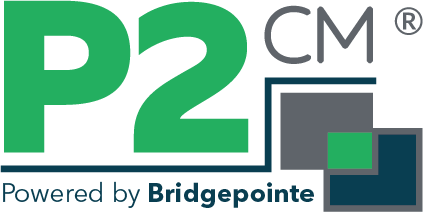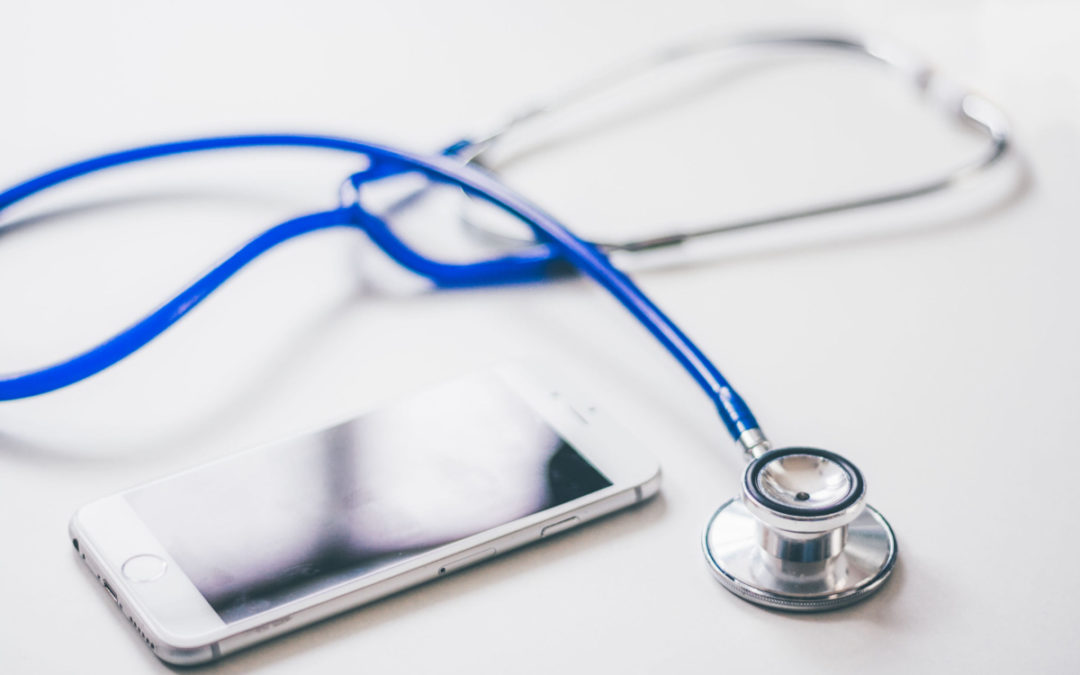In January, we touched on the top 3 technology trends of 2018 for small and midsize businesses. As we’ve been taking on more heath organizations as clients, we thought it might be helpful to share the main trends we’re seeing as it pertains to this specific industry. Let’s dive into the top 3 technology trends affecting the health care industry.
Mobility and Cloud
Mobility and cloud access helps patients, doctors and medical staff interact seamlessly in real time. Globally, a majority of doctors already use smartphones and medical app and access drug info on smart phones on a regular basis.
It is also becoming increasingly common for heath industry employees to implement wearable technology. Digital health is a trend that is predicted to grow exponentially in 2018 and beyond. According to seed fund Rock Health, $3.5 billion was invested in 188 digital health companies in the first half of 2017 alone, and the number of wearables is projected to hit 34 million by 2022, according to Statista.
Mobility and cloud access has helped tremendously in increasing accessibility for patients and doctors alike. Hospitals, insurance companies, and doctor’s offices are now storing patient medical records in the cloud instead of using paper charts, with patients able to access test results online 24/7.
Use of Big Data
With the rise of the Internet of (Medical) Things (IoMT), mobile and wearable devices being increasingly connected, working together to create a cohesive medical report accessible anywhere by your health care provider will surface. This Electronic Health Record (HER) data will become more robust to increasingly identify patient risk factors and provide preventative treatment. The data can even be pooled and studied collectively to predict health care trends for entire cultures and countries.
Further, big data will contribute to medical resource management. For example, big data will be able to predict the number of patients expected to need a medical assistance at any given time. Through analysis, hospitals can reduce waiting times during unconventional hours, and provide exceptional quality of care for patients around the clock, without any compromise.
Artificial Intelligence (AI)
Big data aggregated provides opportunity to learn from past and predict the future. Some clinical questions are better suited to use of artificial intelligence techniques because of available datasets.
Although the most common uses of AI in healthcare today come in the form of natural language processing and robotic process automation, some are already using AI for clinical decision support, population health, disease management, readmissions and claims processing. Mark Michalski, executive director at Massachusetts General Hospital and Brigham and Women’s Hospital’s Center for Clinical Data Science in Boston, told Computer Business Review that, “By the end of next year, I think around half of leading healthcare systems will have adopted some form of AI within their diagnostic groups.”
Looking to the future, early disease diagnosis and automated interpretation of images and other reports are few applications where AI will add value. Further, AI will help healthcare practitioners in mining of the data to identify risk factors for providing efficacious clinical treatment.
All industries have their nuances that affect how they use technology. This, in turn, plays a part in the prominence of the industry trends. However, you’ll probably notice some overlap when it comes to overall trends.
If you’d like to discuss which technology solutions are best for your business, reach out to P2 Communications Management at sales@p2cm.com or 703-391-2172.

